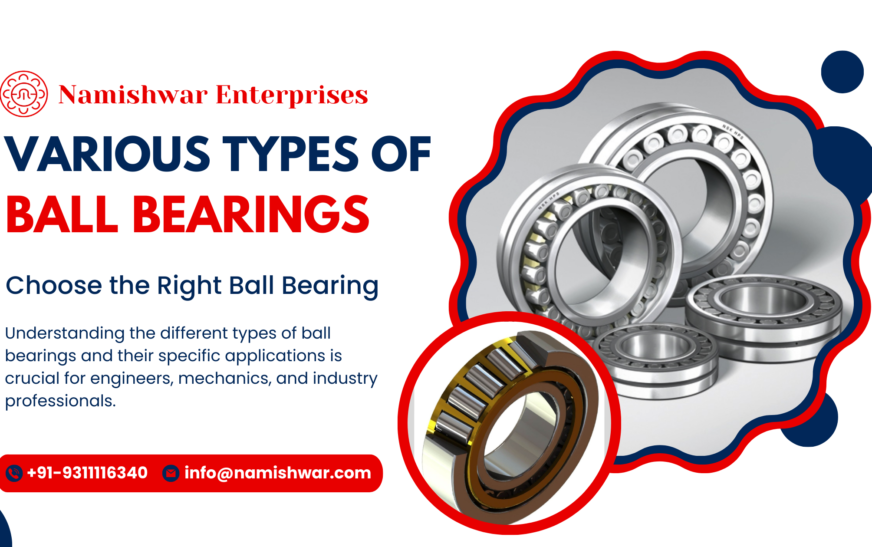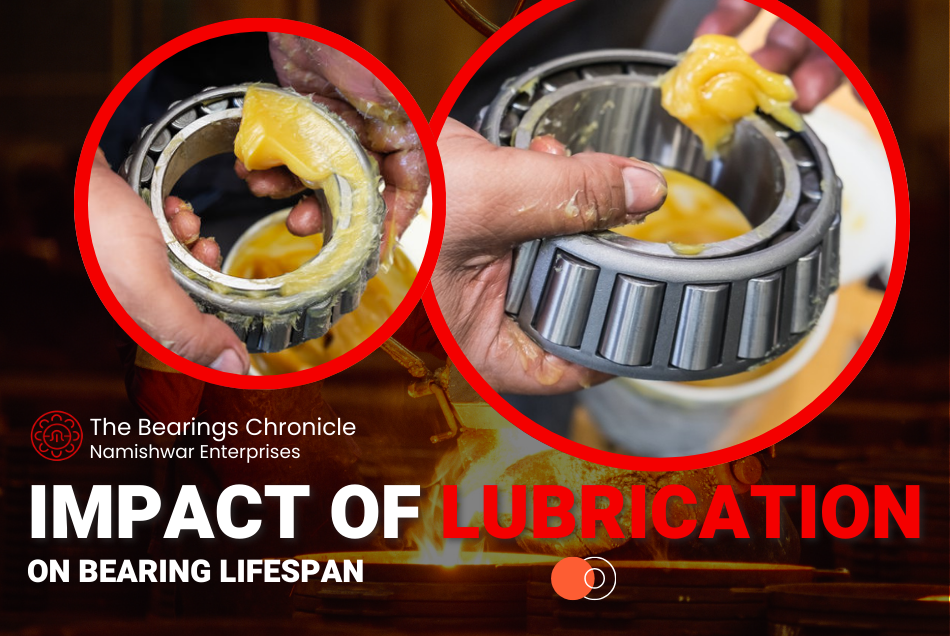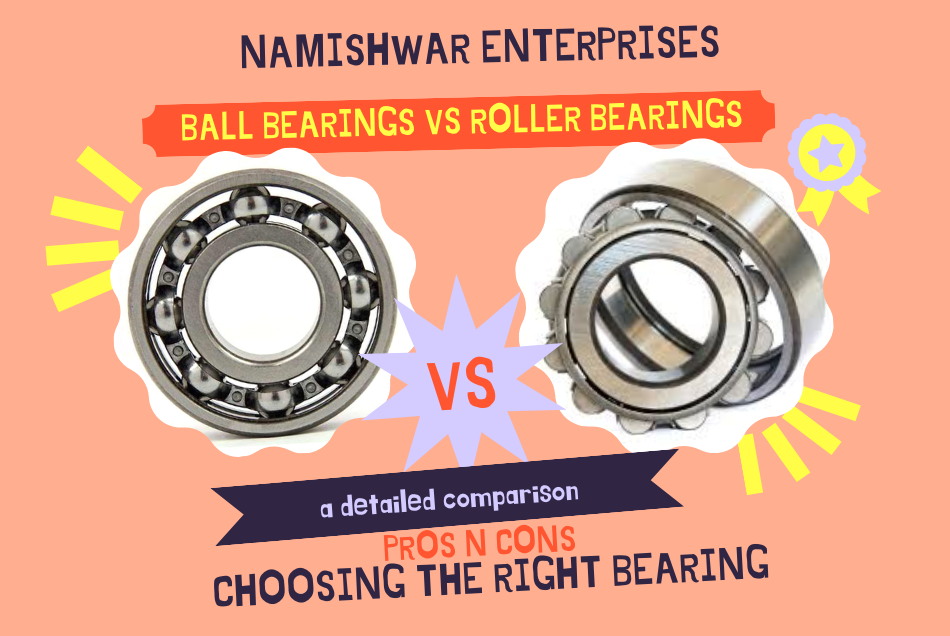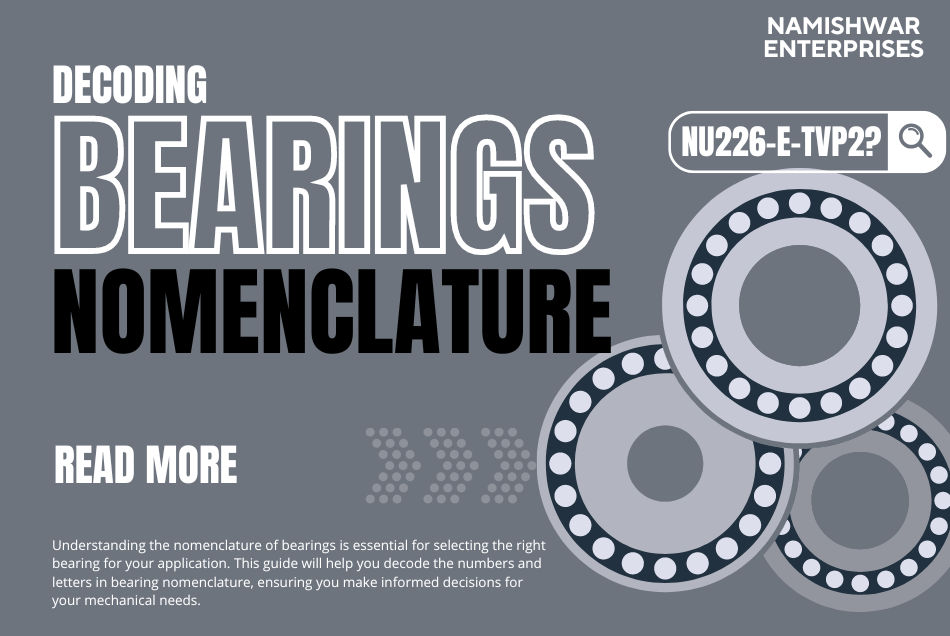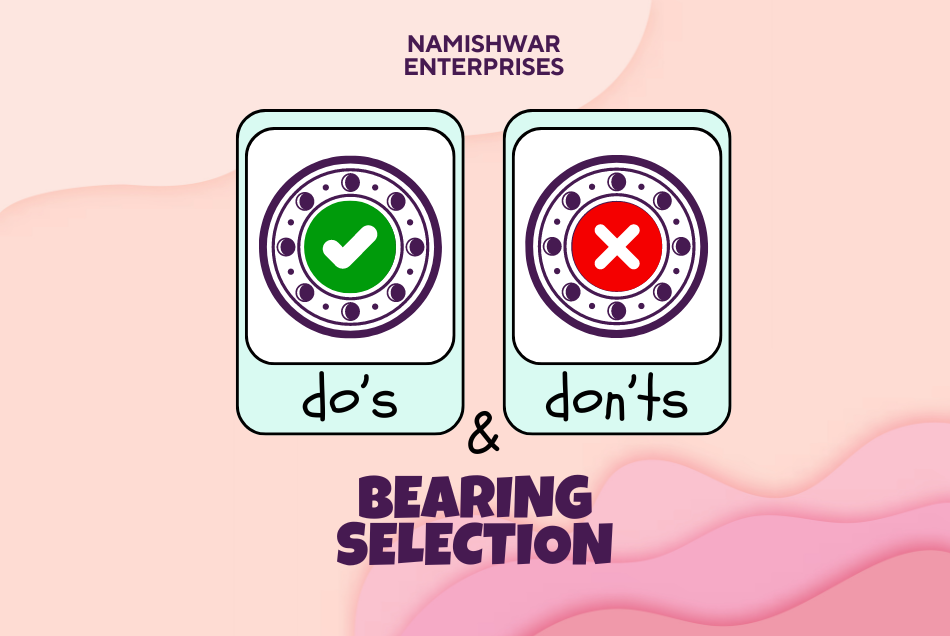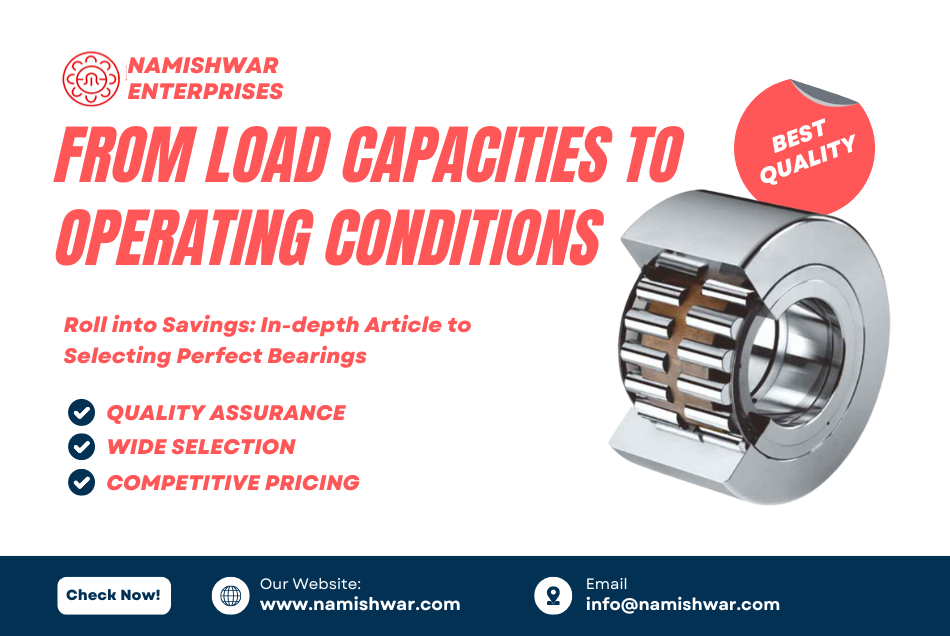Ball bearings are essential components in many mechanical systems, facilitating smooth motion and reducing friction between moving parts. Understanding the different types of ball bearings and their specific applications is crucial for engineers, mechanics, and industry professionals. In this comprehensive guide, we’ll explore the various types of ball bearings, their unique features, and their applications.
What are Ball Bearings?
Ball bearings are rolling-element bearings that use balls to maintain the separation between the bearing races. The purpose of a ball bearing is to reduce rotational friction and support radial and axial loads. It achieves this by using at least two races to contain the balls and transmit the loads through the balls.
Main Components of Ball Bearings
Ball bearings consist of several critical components:
- Inner Ring: This is the smaller of the two rings and sits directly on the shaft.
- Outer Ring: This larger ring fits into the housing.
- Balls: These spherical rolling elements are placed between the rings.
- Cage: Also known as a separator, it keeps the balls evenly spaced.
- Seals/Shields: These protect the bearing from contaminants and help retain lubrication.
Types of Ball Bearings
1. Deep Groove Ball Bearings
Deep groove ball bearings are the most common type of ball bearing. They are characterized by deep raceway grooves in which the balls can travel. These bearings are suitable for high speeds and are robust in their operation, requiring little maintenance.
Applications:
- Electric motors
- Household appliances
- Industrial machinery
- Automotive applications
2. Angular Contact Ball Bearings
Angular contact ball bearings have raceways in the inner and outer rings that are displaced relative to each other in the direction of the bearing axis. This design allows them to accommodate combined loads (simultaneous radial and axial loads).
Applications:
- High-speed spindles in machine tools
- Automotive applications like gearboxes and pumps
- Aerospace applications
3. Self-Aligning Ball Bearings
Self-aligning ball bearings have two rows of balls with a common sphered raceway in the outer ring. This design allows for angular misalignment of the shaft relative to the housing, which can be caused by shaft deflection or mounting errors.
Applications:
- Agricultural machinery
- Conveyors
- Textile machinery
- Light to medium industrial machinery
4. Thrust Ball Bearings
Thrust ball bearings are designed to handle axial loads only. They consist of two washers with raceways and balls guided by a cage. These bearings are not suitable for high-speed applications but excel in low-speed scenarios.
Applications:
- Automotive steering columns
- Marine drives
- Heavy machinery
5. Miniature Ball Bearings
Miniature ball bearings are small bearings with outer diameters less than 9mm. These bearings are used in applications where space is limited and low friction is crucial.
Applications:
- Medical instruments
- Robotics
- Computer cooling fans
- Miniature gearboxes
6. Precision Ball Bearings
Precision ball bearings are designed for high accuracy and high rotational speed. They are used in applications that require high performance, low noise, and low vibration.
Applications:
- Aerospace applications
- High-precision machinery
- Dental and medical equipment
- Precision instruments
Choosing the Right Ball Bearing
Choosing the appropriate ball bearing depends on several factors:
- Load Type: Radial, axial, or combined loads.
- Speed: Bearings must match the speed requirements of the application.
- Misalignment: Consider if the application may involve shaft misalignment.
- Environment: Operating conditions such as temperature, exposure to contaminants, and lubrication requirements.
Maintenance and Care of Ball Bearings
Proper maintenance of ball bearings ensures longevity and optimal performance. Key maintenance practices include:
- Regular Inspections: Check for signs of wear, corrosion, or damage.
- Lubrication: Ensure proper lubrication to reduce friction and wear.
- Cleanliness: Keep bearings clean to prevent contamination.
- Proper Installation: Follow correct installation procedures to avoid misalignment and undue stress.
Conclusion
Understanding the different types of ball bearings and their specific applications is fundamental for optimizing the performance and longevity of mechanical systems. Whether it’s the common deep groove ball bearings or the specialized angular contact ball bearings, selecting the right bearing for your application is critical. Regular maintenance and proper handling further ensure that these vital components function effectively and efficiently.

